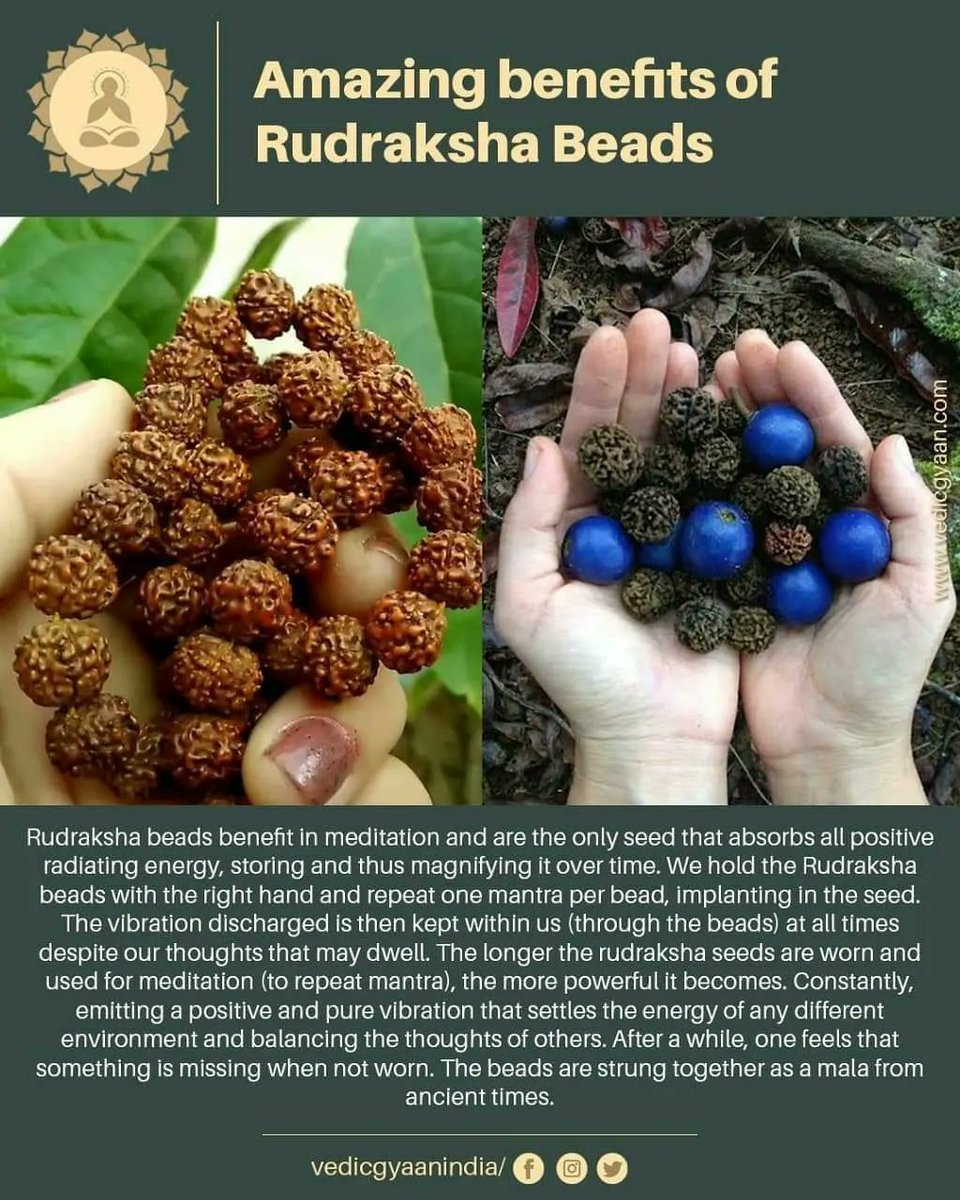
There are eight siddhis mentioned in our ancient scriptures also known as Ashta Siddhi. The Scriptures also include the abilities gained by the seeker after the attainment of the Ashta Siddhis. The seeker needs to be very disciplined and learn to control the mind as it is not so 



easy to attain these siddhis. After attaining siddhis, the seeker rises above worldly attachment. Longing for desires of the materialistic world ends. It is said in the scriptures that Mata Sita blessed Hanuman ji that he can grant anyone with Ashta siddhis and nine Nidhis.
The lines from #HanumanChalisa that describes the above are as follows:
‘अष्ट सिद्धि नव निधि के दाता, असवर दीन जानकी माता। ‘
Siddhis are spiritual and supernatural powers and abilities attained by deep spiritual Sadhanas, including Yoga and Meditation.
‘अष्ट सिद्धि नव निधि के दाता, असवर दीन जानकी माता। ‘
Siddhis are spiritual and supernatural powers and abilities attained by deep spiritual Sadhanas, including Yoga and Meditation.
अणिमा महिमा चैव लघिमा गरिमा तथा |
प्राप्तिः प्राकाम्यमीशित्वं वशित्वं चाष्ट सिद्धयः |
Anima, Mahima, Garima, Laghima, Prapti, Prakamya, Ishatva and Vastava. These Siddhis together are called “#AshtaSiddhi.” These Ashta Siddhis are also known as Brahma Pradana Siddhi
प्राप्तिः प्राकाम्यमीशित्वं वशित्वं चाष्ट सिद्धयः |
Anima, Mahima, Garima, Laghima, Prapti, Prakamya, Ishatva and Vastava. These Siddhis together are called “#AshtaSiddhi.” These Ashta Siddhis are also known as Brahma Pradana Siddhi
• • •
Missing some Tweet in this thread? You can try to
force a refresh










